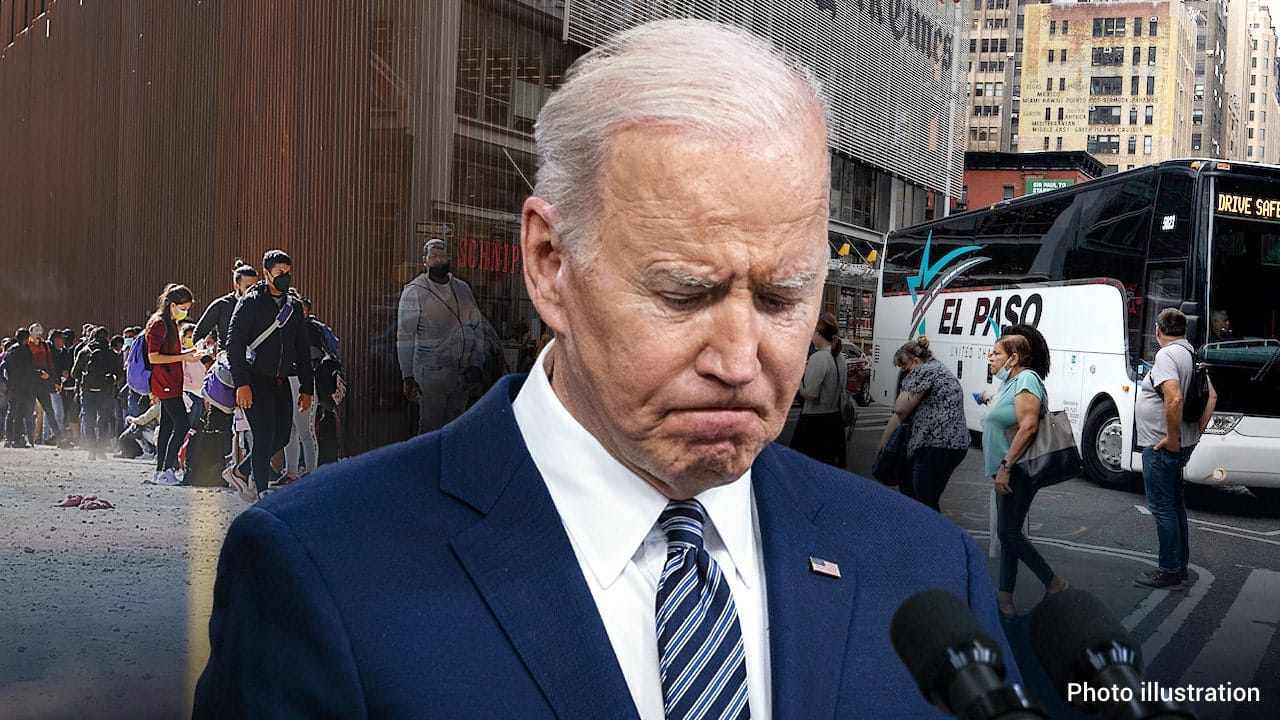Gold prices surged to record-breaking levels this week, reflecting a significant flight to safety by investors amid heightened economic uncertainties. The spike followed U.S. President Donald Trump’s announcement of new import tariffs on steel and aluminum. As global markets reeled from the implications of the latest trade policy developments, gold solidified its position as a financial haven.
Spot gold, often seen as a barometer for geopolitical and economic risks, reached a peak of $2,942.70 per ounce before stabilizing slightly on Monday. U.S. gold futures mirrored the trend, closing at $2,966.00 per ounce. The rally marked a landmark moment for the precious metal, breaking through multiple historical resistance levels within days.
The proposed tariffs, set at 25% on steel and aluminum imports, are part of Trump’s broader trade agenda that has reignited uncertainties worldwide. Economists and market analysts have voiced concerns about the long-term implications for international trade relations. The move has already affected global equities, pressuring currencies like the Australian dollar and strengthening the U.S. dollar slightly.
As trade tensions escalate, investors commonly seek assets that preserve value during economic downturns or market volatility. Gold has often been the go-to asset in such instances due to its intrinsic physical and financial properties. This latest rally underscores gold’s enduring role as the ultimate safe-haven investment, particularly in the context of sustained geopolitical uncertainty.
“Every time there’s significant turbulence in the global economy, we see surges in gold prices,” noted Joshua Lin, a senior commodities analyst at a leading brokerage firm. “What’s unique here is the combination of the tariff risks and growing concerns about global inflation. It’s a perfect storm for gold.”
Indeed, tariffs are not the only factor driving gold prices upward. Inflation concerns are also pushing investors toward gold. Some economists have warned that higher import tariffs could lead to a rise in consumer prices, creating a ripple effect across various market sectors. Gold is traditionally viewed as a hedge against inflation, and its surge could be indicative of broader concerns about price stability.
Joining the United States in what risks becoming a prolonged trade standoff could be its closest trading partners, namely Mexico and Canada. Analysts speculate that the ripple effects could extend as far as Europe and Asia, with major economies already preparing for potential countersuits in international trade courts.
Global central banks are monitoring events closely, with particular attention on interest rates. Lower yields on bonds also make gold a more attractive investment, as the precious metal does not yield any interest. Therefore, whenever bond yields decline, the opportunity cost of holding gold diminishes, further fueling its appeal.
The capacity for tariffs to erode consumption-oriented economies presents another rationale for gold’s record run. Global stock markets saw mixed responses soon after the tariffs were announced. While the S&P 500 showed a modest retreat, specific sectors like steel manufacturing experienced gains.
In a notable development, demand for physical gold soared across major markets such as India and China. Data indicates that retail investors and central banks have been hoarding gold as uncertainties loom. “There’s a certain universality to gold’s appeal,” said Mariana Torres, a leading bullion market strategist. “From institutional buyers hedging against currency fluctuations to retail buyers just looking to protect their savings, gold resonates.”
However, some warn that the rapid acceleration in gold prices could foreshadow volatility ahead. Short-term surges can sometimes lead to corrective dips as financial markets recalibrate risk premia. Nonetheless, the consensus remains that as long as broader economic and geopolitical risks persist, gold’s upward trajectory will likely endure.
The Trump administration has doubled down on its justification for the tariffs, citing the need to protect domestic industries and secure national economic interests. This rationale, however, has been met with criticism from various quarters, including advocacy groups, international trade organizations, and even some U.S. allies. Trade experts worry that the move could lead to retaliatory tariffs, fostering a tit-for-tat trade spiral that could stymie global growth.
With uncertainties mounting, the focus now shifts to inflation data and other macroeconomic indicators that could further shape market sentiment. For gold enthusiasts and market participants, attention remains firmly fixed on whether the $3,000 per ounce benchmark could be reached in the coming weeks—a threshold once thought unattainable but now inching closer to reality.
As the international trade community prepares for what is expected to be a tumultuous period, gold’s newfound highs stand as a potent reminder of the tether between economic policies and the insatiable demand for security that invariably follows.
Over the short-to-medium term, analysts continue to stay optimistic about gold. However, they caution that clarity will only emerge when the economic effects of the tariffs become more apparent. Until then, the gold story remains emblematic of broader uncertainties affecting markets globally.



